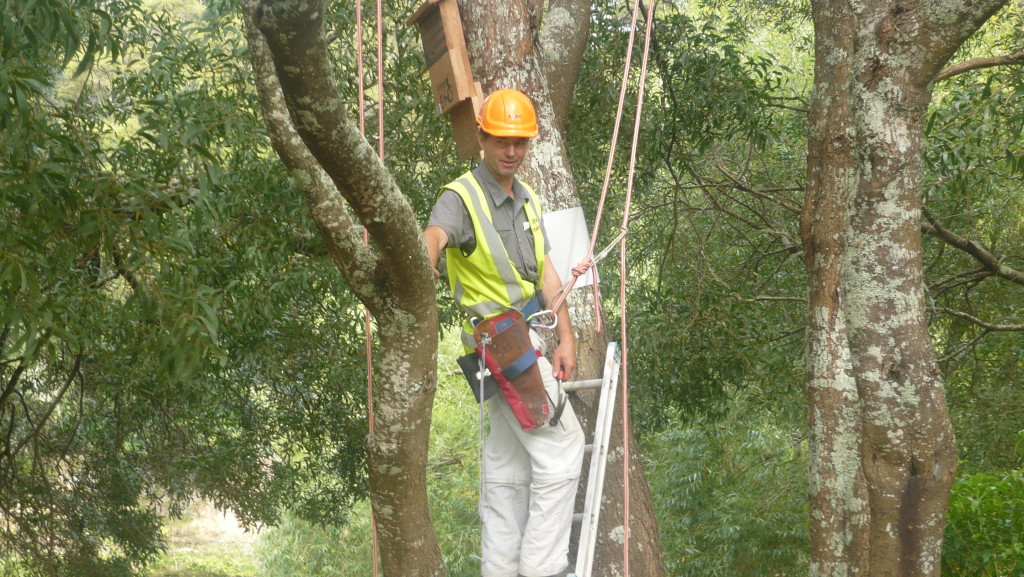Listen up: Bat monitors need you
The Waikato Regional Council is collecting information on where long-tailed bats are roosting in Hamilton, and wants to hear from people who have seen them.
The Waikato Regional Council is on the lookout for bats in your neighbourhood.
It is collecting information on where long-tailed bats are roosting in Hamilton, and wants to hear from people who have seen them.

Regional council strategic development manager Kevin Collins said Hamilton was unique in having a resident population of native long tail bat, but the population was small.
He estimated the number was between 50 and 100.
Bats have been detected in Hammond Bush, Hamilton Gardens, Hamilton Cemetery and Sandford Park.
Residents who are keen to track down the bat can borrow a device from the regional council that converts the bat echo to an audible sound.
The council is part of a partnership, called Project Echo, with Waikato University, Hamilton City Council, Riverlea Environment Society and the Conservation Department.
Project staff are installing new homes for the Hamilton bats up to 15 metres off the ground at Hammond Park.
Workers climbed a pine tree on the bank of the Waikato River last weekend to fix one of three new bat houses for New Zealand’s native mammal.
Another box only four metres off the ground allows members of the public to see how the roosts work.
The boxes are being used as an alternative to trees and are meant to replicate the crevices and peeled bark of mature or dying trees where bats like to roost.
There is little information, however, as to how quickly bats take to their new homes.
“It takes three or four years for bats to use the boxes, judging by international data,” Mr Collins said.
The goal is to reduce that time frame and Project Echo will trial a range of designs to protect the bat and increase their numbers in Hamilton.
Bat sightings can be reported by contacting Waikato Regional Council using this link.




